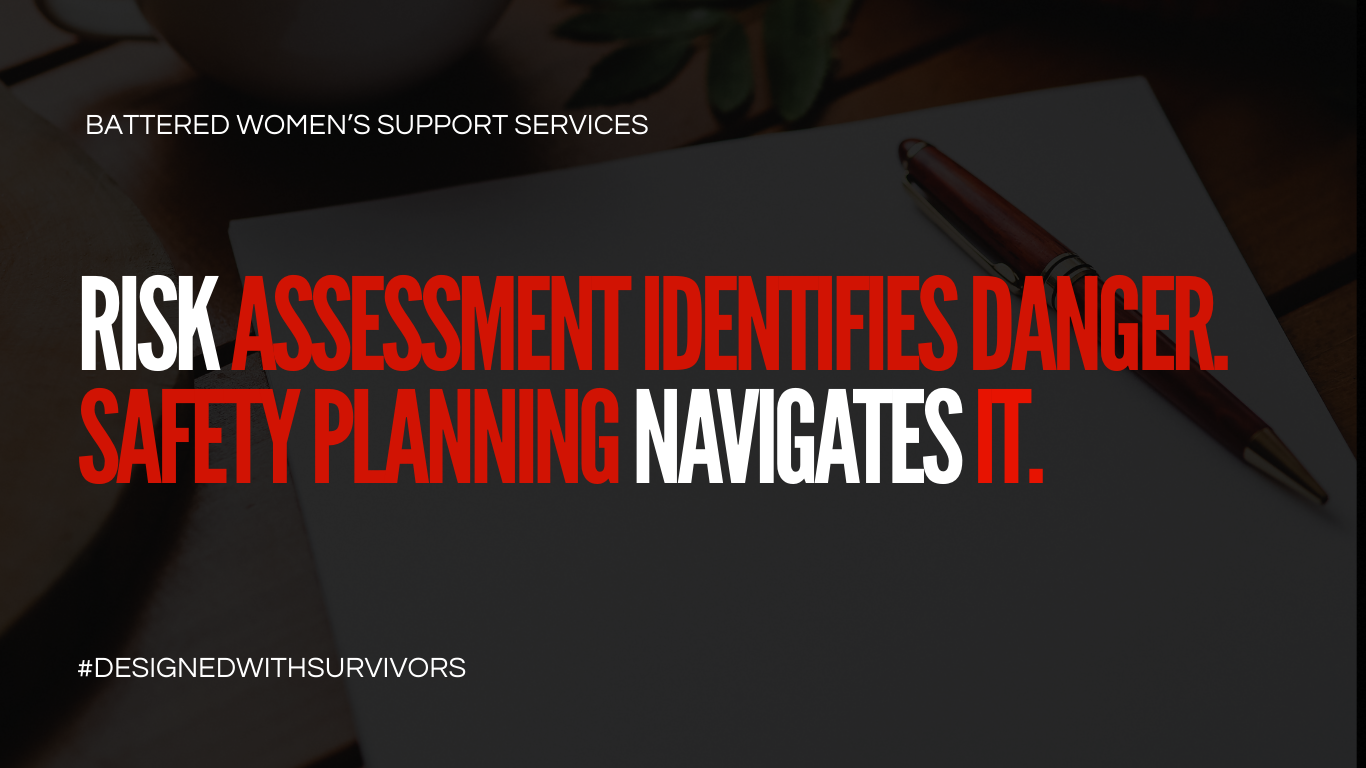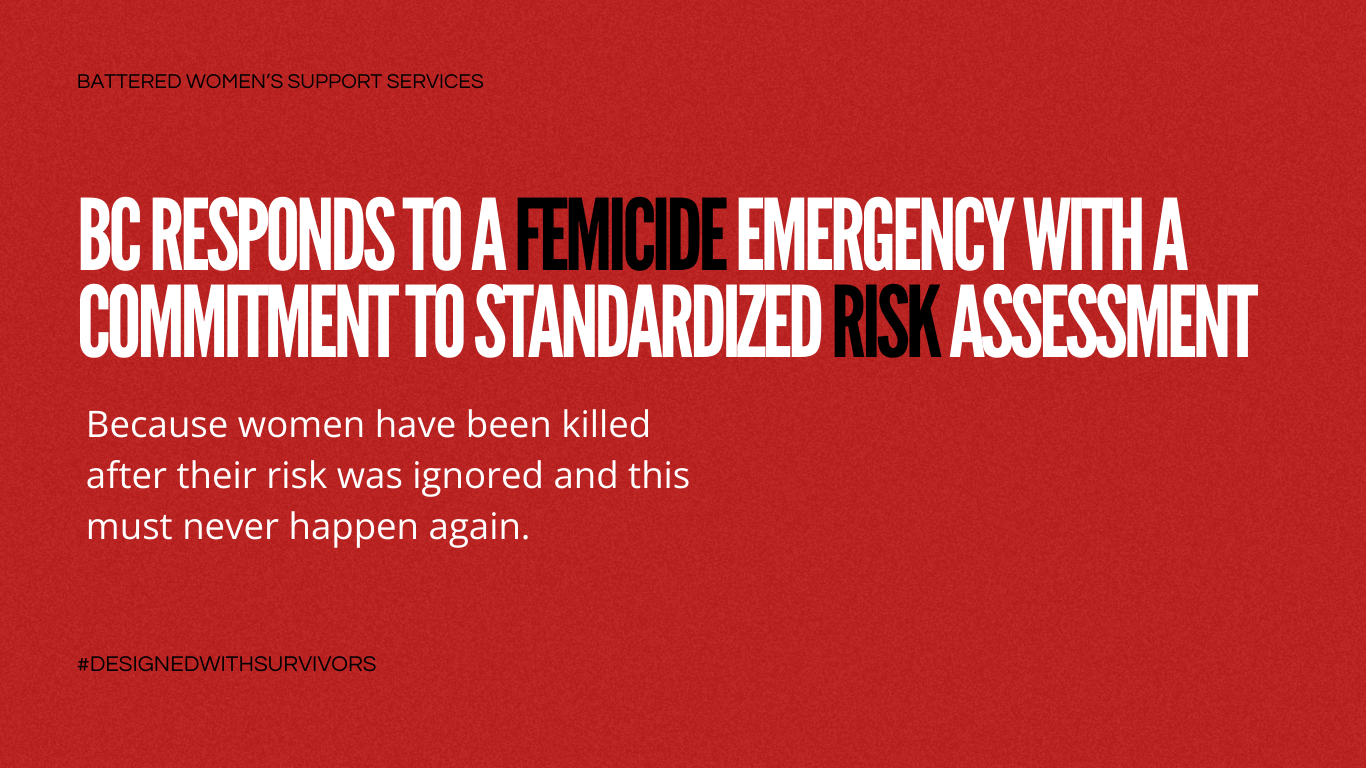This moment reflects a restructuring of how violence is recognized in Canadian law. It marks a step toward naming violence against women and gender-based violence as it exists and not as systems have traditionally preferred to define, minimize, deny, or rationalize. It signals the possibility of a cultural turn toward accountability and the partial dismantling of long-standing legal blind spots that have protected abusive partners, particularly in cases of sexualized violence, coercive control, digital abuse, intimate partner violence and femicide.
For decades, victims’ families, survivors, advocates, and frontline workers have named forms of harm that were invisible to legal systems such as coercive control, surveillance, manipulation, digital abuse, threats, patterns of intimidation, and the power dynamics that precede femicide. This legislation finally begins to acknowledge what survivors have lived, what victims have died from, and what the evidence has confirmed that violence is not only physical. It is a systemic pattern of escalating behaviours rooted in power and inequality.
By addressing coercive control, expanding protections against technology-facilitated violence, and recognizing forms of abuse that occur long before visible injury or femicide, Canada is moving closer to a legal framework that reflects survivor realities. These provisions have the potential to intervene earlier, disrupt patterns of harm, and reduce the likelihood that the justice system becomes involved only after serious injury or death.
At the same time, this shift calls for caution and reflection.
Criminal law alone has never been enough to prevent violence against women and gender-based violence. Survivors need safety, housing, income security, cultural supports, trauma- and violence-informed responses, and systems designed to operate without delays, disbelief, or retraumatization. Without these supports, many survivors cannot report to police, cannot remain safe after reporting, and are left navigating impossible decisions alone.
There are also real risks that new offences, particularly coercive control and digitally facilitated crimes, may be misapplied, misunderstood, or weaponized by abusive partners against the very people these reforms are meant to protect. We already see this pattern in family law, criminal law, and policing practices. When discretion is high and context is misunderstood, survivors, especially Indigenous, Black, racialized, migrant, or disabled women, can be misidentified as offenders. Preventing these harms requires more than legislative change: it requires intentional implementation, training, oversight, and a willingness to confront the harmful assumptions embedded in justice system responses.
We also cannot ignore the system these laws will enter. Survivors already face police inaction, prosecutorial inconsistency, unacceptable court delays, and institutional practices that routinely fail to intervene before violence becomes fatal. Naming new offences is one step. Ensuring survivors can safely and effectively access justice is another.
As we await the BC government’s response to the Stanton systemic review, we are cautiously hopeful that federal and provincial reforms may begin to move in alignment. If implemented thoughtfully and paired with meaningful investment in prevention, frontline services, stable core funding, and survivor-centred policies this moment could represent a turning point toward a future where the law does not arrive only after violence has escalated beyond repair.
Naming violence accurately is the beginning and ensuring safety in practice is the work ahead.
BWSS will continue working with governments at all levels to ensure implementation protects survivors, prevents misuse, and advances a coordinated, intersectional, survivor-centred approach to ending gender-based violence in Canada.
Quotes
Summer Rain, Manager, Justice Centre at BWSS
“For survivors who have lived years of abuse, control, manipulation, and fear, the law recognizing coercive control is not symbolic it is validation. But legislation alone will not protect women if systems continue to respond with disbelief, delay, or indifference. The question now is whether these laws will be enforced in ways that protect survivors or repeat the harms of the past.”
Angela Marie MacDougall, Executive Director, BWSS
“These reforms acknowledge what victims, survivors and frontline organizations have been saying for decades that violence is systemic, predictable, patterned, and preventable. Naming coercive control, femicide, and technology-facilitated abuse in law is overdue. But the real test will be whether federal, provincial, and municipal systems implement these changes in ways that truly enhance safety not simply expand criminalization.”
“We cannot arrest our way out of gender-based violence. Laws help name the problem, but safety requires housing, income, care, prevention, and systems designed with victims, survivors, not institutions, in mind. This is a beginning, and it must not become an endpoint. So, our work ahead is to keep working to hold systems accountable for enforcing laws it enacts.”








